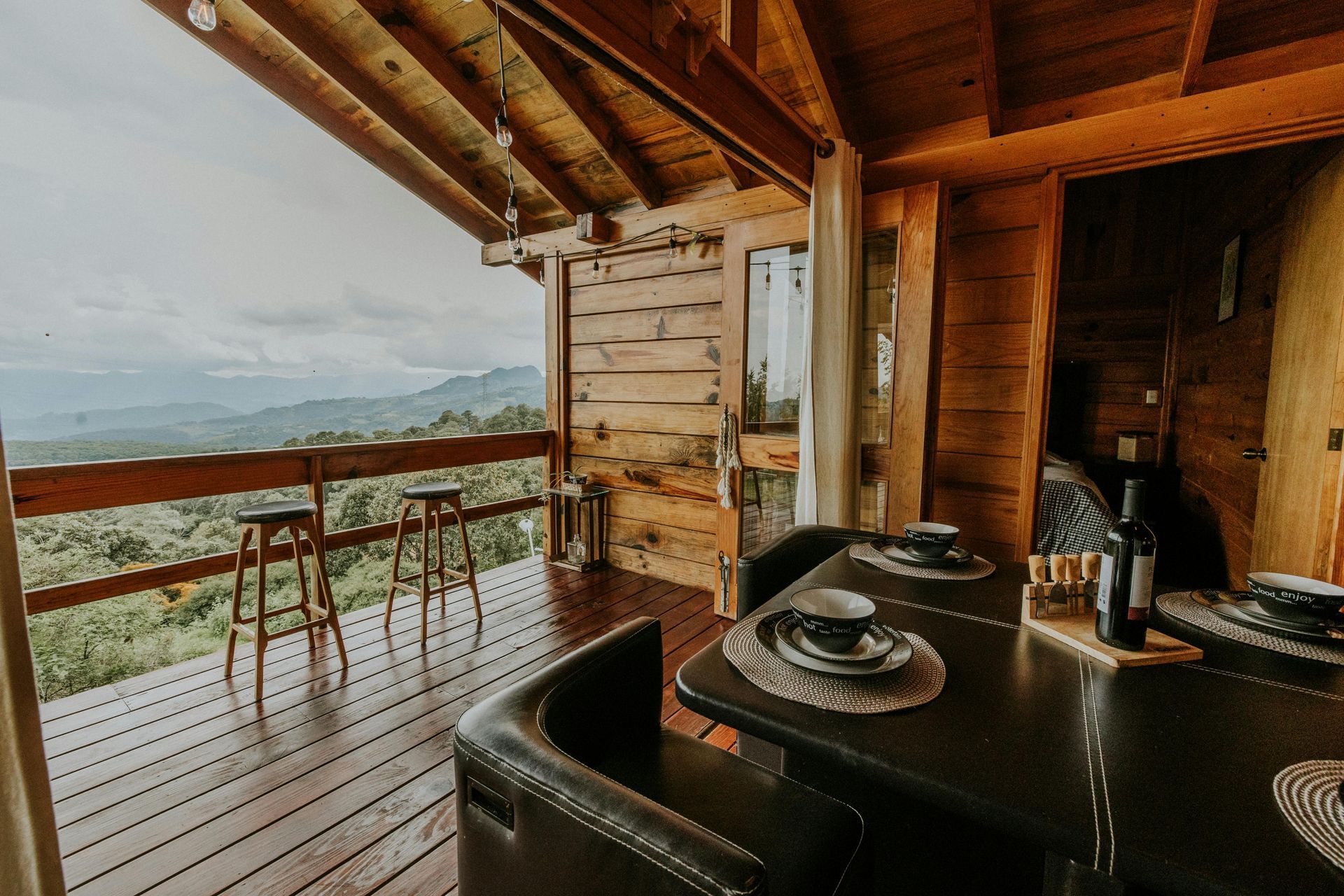Maximizing Tax Savings and Cash Flow for Restaurant Owners
Running a restaurant is both an art and a science—balancing great food and service with the challenges of rising costs, tight margins, and unpredictable cash flow. These 2 Tax Strategies can help...
To stay competitive and profitable, restaurant owners must seize every opportunity to reduce costs and optimize their bottom line.
Two powerful tax-saving tools can help: cost segregation studies and utility sales tax exemption studies. By leveraging these strategies, restaurant owners can lower operating costs, reduce tax liability, and free up cash flow for reinvestment or growth. Here's how these tools can transform your restaurant’s profitability.
Save Big with Cost Segregation
If you own your restaurant building or have invested in leasehold improvements, a cost segregation study is a no-brainer. Typically, these costs are depreciated over 39 years for federal tax purposes. However, with a cost segregation study, tangible property can be reclassified into shorter depreciation periods—5, 7, or 15 years. This accelerates tax deductions, reduces taxable income, and significantly improves cash flow.
How Does It Work?
By identifying which parts of your property qualify for shorter depreciation periods, a cost segregation study allows you to claim larger deductions earlier. For example:
Case Study: $180,000 in Tax Savings
A fast-food restaurant owner invested $3 million in a new facility in 2024. Excluding $500,000 for land, $2.5 million was eligible for depreciation. With Align’s cost segregation study:
- 39-Year Property: $1.6 million (64%)
- 15-Year Improvements: $375,000 (15%)
- 5-Year Assets: $525,000 (21%)
As a result, $900,000 was reclassified into bonus-eligible shorter-term property, creating $600,000 in accelerated depreciation deductions. For an owner in the 30% tax bracket, this translated to $180,000 in immediate tax savings!
Who Should Consider Cost Segregation?
This strategy is ideal for:
- Restaurant owners who own buildings with basis over $500,000.
- Restaurants undergoing or planning renovations or expansions.
- Owners planning to hold the property for at least 3-5 years.
Even if your property has been in service for years, it may not be too late. Missed depreciation from prior years can often be claimed in the current tax year with a 481(a) adjustment on the federal tax return. Align can assist with the proper forms and calculations that your tax preparer can implement into the tax return.
Reduce Utility Costs with Sales Tax Exemptions
Restaurant owners in Indiana, Iowa, Kansas, and Ohio can eliminate sales tax on utilities by proving their usage is “necessary and integral to production.” This results in permanent savings on utility bills and may even include refunds for past taxes paid.
However, to obtain these exemptions, an engineering analysis on the utility meters is required. States that allow these exemptions expect a detailed and thorough report of the findings so support the eligibility for exemption. If there are errors, applications are denied. Hiring an expert such as Align is the best path to obtain these exemptions.
How Does It Work?
To qualify, an engineering study is required to analyze utility meters and validate eligibility. Once approved, these exemptions create ongoing savings while also offering refunds for up to 48 months of previous utility sales tax payments.
Case Study: $140,000 in Total Savings
A breakfast restaurant chain operating 11 locations in Indiana spent $35,000 annually on utility sales tax. Align conducted a utility sales tax study, securing:
- A 100% sales tax exemption on electricity, gas, and water.
- A four-year refund totaling $140,000.
The result? Permanent savings every year and a substantial one-time cash boost!
Unlock Savings for Restaurant Owners
- Immediate Savings: Reduce tax liabilities and utility payments
- Increased Cash Flow: Reinvest in your business, pay down debt, or fund expansions
- Long-Term Profitability: Create permanent savings that increase your bottom line
Is Your Restaurant Eligible?
For Cost Segregation:
- Do you own your building, with construction or improvement costs exceeding $500,000?
- Have you recently renovated or expanded your restaurant?
For Utility Sales Tax Exemptions:
- Are you located in Indiana, Iowa, Kansas, or Ohio?
- Do you pay sales tax on utilities such as electricity, gas, or water?
Ready to save?
Don’t let these opportunities pass you by. Align specializes in helping restaurant owners maximize tax savings while staying fully compliant with regulatory requirements.
Contact Align today to see how much you can save with a cost segregation study or a utility sales tax exemption study. Let us help you turn tax strategies into profit strategies.





